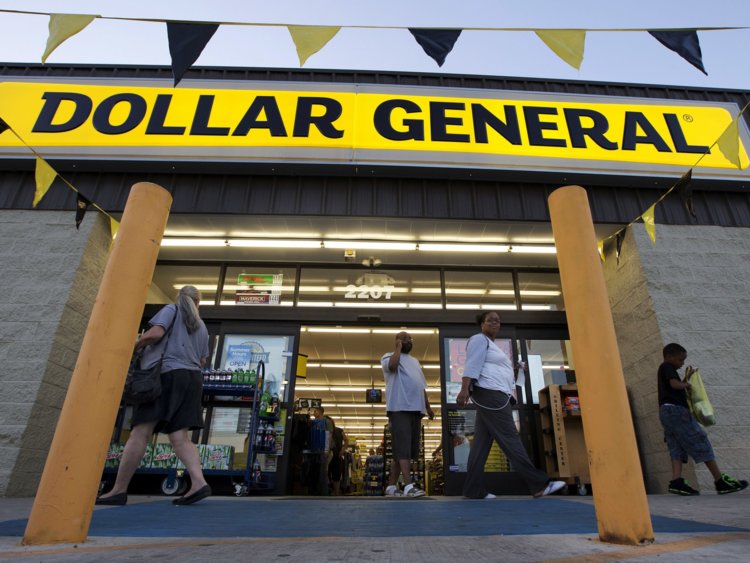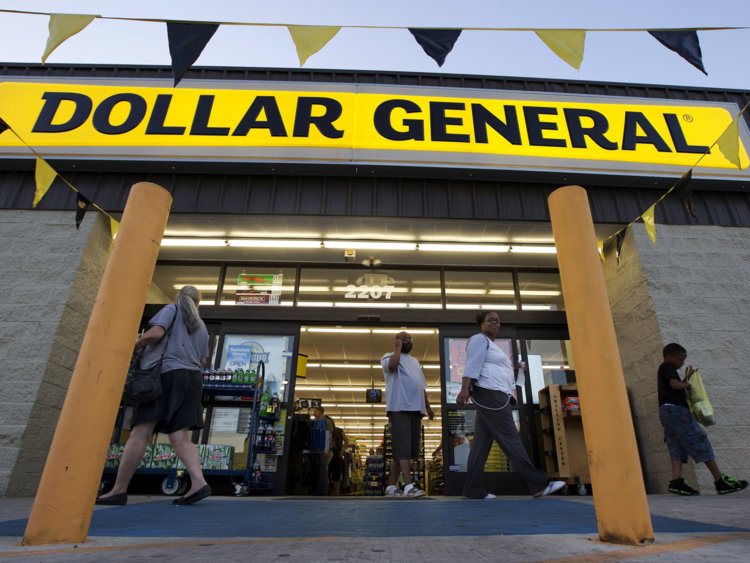
Dollar General is taking over the United States.
This no-frills, bargain-hunters’ paradise is growing at a level that is largely “unthinkable” in retail, Credit Suisse analysts wrote in June.
In 2017, Dollar General opened new locations at a rate of around four stores a day. In 2018, it opened 900 stores, and in 2019, it plans to open 975 more.
While competitors have been squeezed by growing competition online and from Amazon, Dollar General and the dollar-store sector, in general, have flourished, swooping in and offering customers prices that are 20% to 40% lower than grocery and drug stores. Earlier this month, it continued its 29-year long sales growth streak, reporting a 4% increase in same-store sales during the fourth quarter of 2018.
Since it opened its first store in a small town in Kentucky in 1955, Dollar General has stayed true to its roots, predominantly serving rural and suburban low-income customers. The retailer’s target shopper comes from a household making $40,000 or less a year and is often living in areas called “food deserts,” meaning they are miles away from access to grocery stores.
Here’s how Dollar General keeps its prices low:

